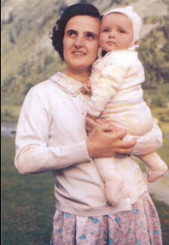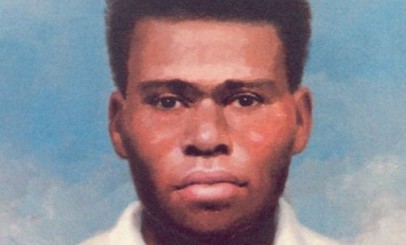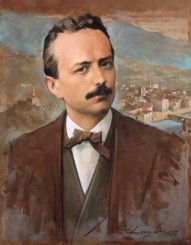I can always tell when my husband is on the phone with his dad. He stops whatever he is doing, walks outside and starts smiling in anticipation of his dad’s latest joke. My father-in-law just survived his third heart attack but continues to enjoy life and see the humor in it all. What a blessing to have a father who, after riding the waves of life with his children, emerges with a smile. Fathers do that. They bring levity to the weight of daily living.
It’s widely held that children formulate the image of their heavenly father based on their relationship with their earthly fathers. So, in 1989 when our oldest was about six and Bart Simpson made his TV series debut, I banned the show from our house. Recently, our oldest son asked, “Mom, why didn’t you want us to watch Bart Simpson?”
Homer, Bart’s dad, was always messing up and treated as an incompetent buffoon. I answered my son, “You have a wonderful dad. You and your three brothers are probably going to be fathers someday so how would planting those seeds benefit four impressionable minds?”
Fathers are unique in their parenting styles but similar in the fact that they are like foundations of homes; they hold up, hold together and keep the family safe from whatever life throws at them. Interestingly, like a foundation, the powerful role they play is sometimes hidden from view.
Growing up in the 60’s, my mom was the “coach” of our family and somehow managed the seven kids, three pets and a full time job. My dad was her best friend, devoted partner and “the team’s” ultimate fan.
As teenagers, Mom would review the curfew rules before we left the house. After she had laid down the law, we’d head toward the front door to leave. Dad would walk over to us and whisper, “Remember. Call me anytime. I will pick you up. No questions asked.” Although he consistently supported “the coach” we always knew he had our backs.
As a mother of four sons, I’ve spent years warming bleachers while spectating a variety of athletes. In my humble opinion, the one that most closely compares to the life of a father is a soccer player.
Regardless of the weather, he shows up. In preparation for the game, he puts on his shin guards because he knows protecting himself from injury is a good idea. No matter where the ball is, he pays attention to the whole field and anticipates the next play. He is a team player and readily offers encouragement. When on offense he has a goal in mind. When on defense, he protects and defends. He is quick on his feet and skillful. He runs for 90 minutes and on many occasions never scores a goal. This does not defeat him because he knows it’s not the individual, it is the team that matters. Win or lose, he shakes hands, goes home and gets ready for the next game.
Recently, I’ve noticed that our sons call their dad’s cell twice as much as they call mine. I’m learning to put away my whistle and get out my pom-poms. As young men, they no longer need a coach. They are much better served by a steadfast, accessible and encouraging fan.

 Born: February 7, 1478
Born: February 7, 1478
 Born: October 4, 1922
Born: October 4, 1922 Born: 1912
Born: 1912 Born: March 14, 1841
Born: March 14, 1841
 Born: August 28, 1774
Born: August 28, 1774

